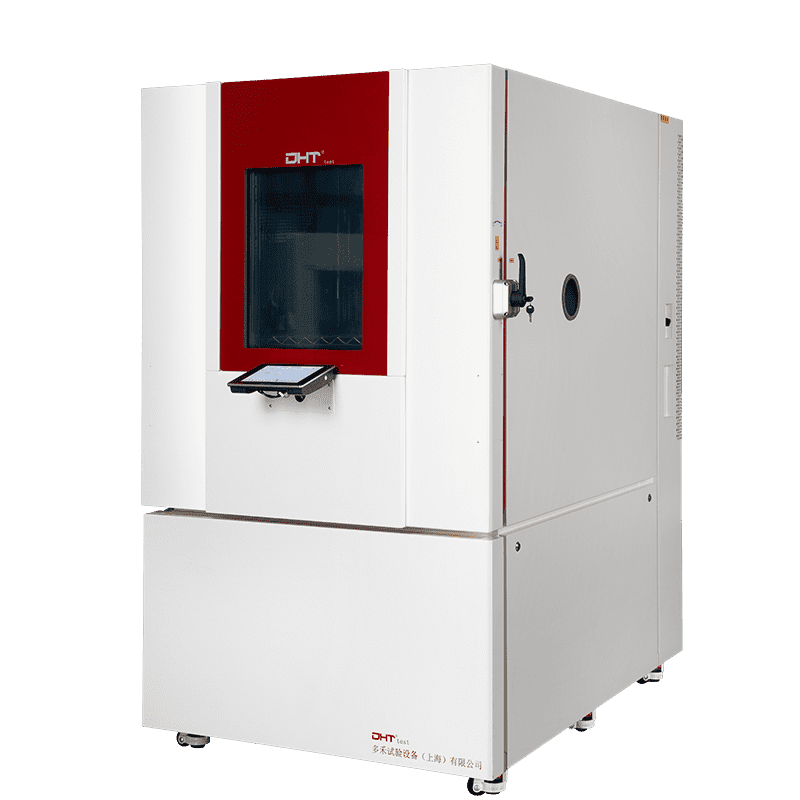Are Your Testing Requirements Clearly Defined and Matched to Chamber Functions?
-
For constant temperature or thermal cycling tests → choose a benchtop thermal chamber with fast ramp-up/ramp-down capabilities;
-
For damp heat aging or condensation testing → focus on the humidity control precision and stability of a benchtop humidity test chamber;
-
For combined temperature-humidity or multi-variable stress testing → consider a fully integrated benchtop environmental test chamber with coordinated control systems.
Does the Chamber’s Temperature and Humidity Control Meet Experimental Standards?
-
Temperature range: -40°C to +150°C, with control accuracy within ±0.5°C;
-
Humidity range: 10%RH to 98%RH, with fluctuation within ±2%RH (supported by third-party calibration reports).
Is the Chamber Volume Appropriately Matched to Your Sample Load?
-
Estimate your sample size and ensure total volume does not exceed 30% of the chamber’s usable space;
-
Check the chamber’s thermal load capacity to avoid degraded ramp rates caused by excessive sample heat mass.
Is the Control System Intelligent, User-Friendly, and Data-Ready?
-
Multi-step programmable temperature and humidity profiles with touchscreen interface and remote control options;
-
Real-time data logging and export compatibility with laboratory data management systems;
-
User access levels, configurable alarms, and fault diagnostics to enhance operational safety.
Is Energy Consumption and Long-Term Cost Manageable?
-
Standby power consumption ≤ 0.5 kW;
-
Stable control algorithms that avoid frequent system cycling;
-
Modular construction that simplifies maintenance and reduces service downtime.
Does the Chamber Meet Safety and Environmental Compliance Standards?
-
Dual over-temperature protection, circuit overload alarms, and leakage safeguards;
-
IP54-rated protection against dust and water ingress, suitable for harsh lab environments;
-
Use of eco-friendly refrigerants compliant with EU F-Gas regulations (e.g., R513A with GWP <150).
Does the Supplier Provide Strong After-Sales Service and Technical Support?
-
Full lifecycle services including installation, training, and remote assistance;
-
Local spare parts inventory and service teams capable of responding within 24 hours;
-
Calibration services certified by CNAS or DAkkS to ensure long-term measurement accuracy.
Final Thoughts: From Smart Selection to Superior Testing
FAQ
What Key Factors Should You Consider Before Buying a Benchtop Environmental Chamber in 2025?
Before purchasing, clearly define your testing requirements, such as temperature range, humidity control, and test type (thermal cycling, damp heat aging, or combined stress). Matching these needs to chamber functions ensures accurate results and avoids overspecification.
How Do You Ensure a Benchtop Environmental Chamber Meets Testing Standards?
Check that the chamber offers a temperature range of -40°C to +150°C with ±0.5°C accuracy, and a humidity range of 10%RH to 98%RH with ±2%RH fluctuation. Third-party calibration reports and stable performance under load are essential for reliable data integrity.
Why Is After-Sales Service Important When Choosing a Benchtop Chamber?
Benchtop chambers may be compact but require expert technical support. Strong suppliers provide installation, training, calibration, local spare parts, and 24-hour response service—ensuring long-term reliability and minimizing downtime in critical R&D environments.


